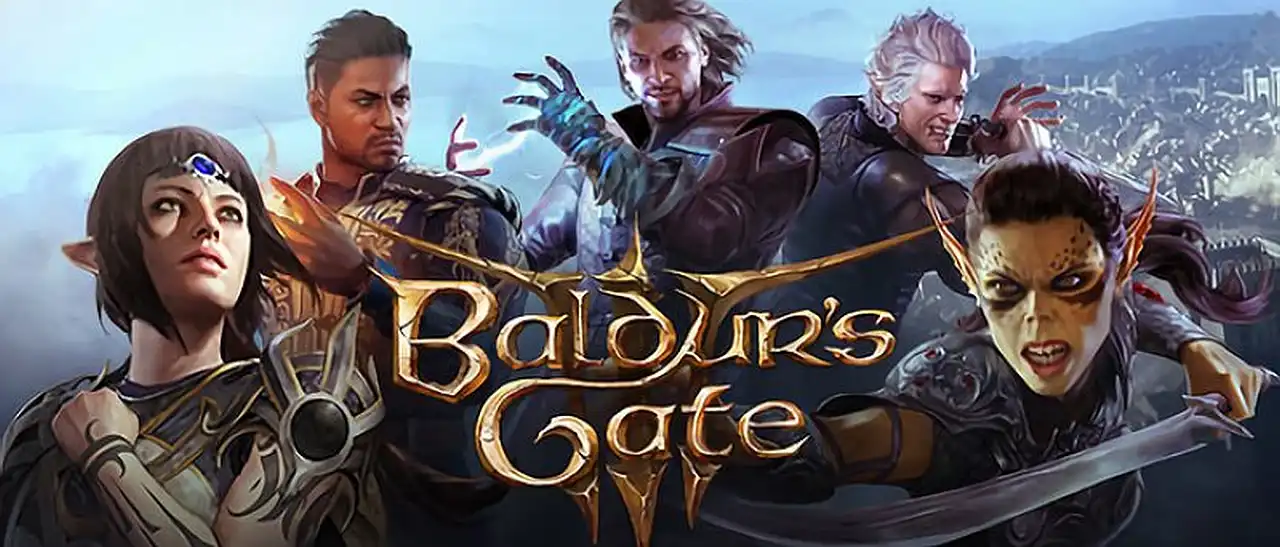Baldur's Gate 3, a notably in-depth and story-rich video game developed by Larian Studios, offers keen players ample opportunities to interact and manipulate the digital environment. Compellingly, one of these manipulations includes the ability to move virtual children around the game world if your character possesses sufficient strength.
This peculiar feature isn't immediately apparent to many players. However, those who realize that they can use their characters' strength attribute creatively are rewarded with an unusual gameplay mechanic that is both surprising and intriguing.
This mechanic hinges on the established in-game physic that allows players' characters, should they have a high enough strength attribute, to pick up objects within the game world. If said character has a sufficiently high strength, they can lift and carry objects of significant weight.

The developers designed the non-playable characters (NPCs), including children, as entities in the virtual world, much like other objects. This means that the characters can interact with them as they would with any normal object if they possess the necessary strength. Due to their comparatively lighter weight, children often fit the bill.
Allowing player-characters with high strength attributes to lift and throw characters embodies the innovative game design of Baldur’s Gate 3 that provides enjoyment through various means, some more surprising than others.
These actions are not purely for entertainment value. The ability to move NPCs around has actual gameplay implications and can produce distinct consequences within the game world.
This mechanic gives the strength attribute extra significance for players, who might otherwise consider it a secondary feature. Having a high-strength character gives players new strategies for manipulating their environment.
Some players could use the mechanic to their advantage in combat scenarios, using the children as distractions for their enemies – a divisive tactic, but a valid one within the game mechanics.
These interactions can even significantly impact the game's narrative, as the reactions of NPCs are shaped by the player's actions. For instance, an NPC's attitude towards the player may change if they witness the player relocating a child.
While this capability might be seen as a questionable indulgence, it is crucial to remember that Baldur's Gate 3 is a virtual world. This environment permits experimentation, and the game's developers surely did not intend any real-world harm or neglect to be associated with the mechanic.
On the contrary, this unique interaction serves to underscore the sophistication and complexity of the Baldur's Gate 3 game world. The developers have put considerable effort into defining the behaviours and constraints within the game.
The ability to interact with children in ways that extend beyond expected norms is a testament to the game's level of complexity and realism. It shows the developers' dedication to create a deep and immersive experience.
The game's well-defined but malleable environment allows players to appreciate how much control they have over their characters and how those characters affect the world around them.
This attribute-powered mechanic illuminates the potential for creativity, strategic thinking and story-crafting. It is a type of empowerment that only video games as an art-form can provide.
It's noteworthy that this interesting mechanic integrates into the larger whole without disrupting the immersive experience of the game. This integration is another testament to the polished game design of Baldur's Gate 3.
A simple examination of the player-character being able to relocate an NPC in the form of a child becomes, with further scrutiny, a rich discovery within the game world that transforms the player's relationship with their character and their environment.
The presence of this unexpected mechanic in Baldur's Gate 3 shows the creativity of the game's developers. They have effectively created a world with detailed mechanics while simultaneously challenging players' expectations.
With respect to creating complex and rewarding gameplay mechanics, the developers of Baldur's Gate 3 have demonstrated a genius that is not merely confined to creating a deep and engaging storyline but extends to the very minutiae of their game world.
The mechanic’s conclusion, then, is akin to a hidden gem within the game - a feature players can utilize to make more of the game world, the characters they cultivate within it, and the journeys they undertake.